Village of El Rocío
A Cultural, Natural and Architectural Treasure in the Heart of Andalusia
El Rocío, with its unique combination of spirituality, nature, tradition and authentic architecture...
It stands as an unmissable destination that offers an authentic glimpse into the rich Andalusian heritage. Whether for religious reasons, a passion for nature, a desire to immerse oneself in the local culture or appreciate the traditional architecture, El Rocío promises a multifaceted experience that lingers in the memory of those who have the privilege of visiting.
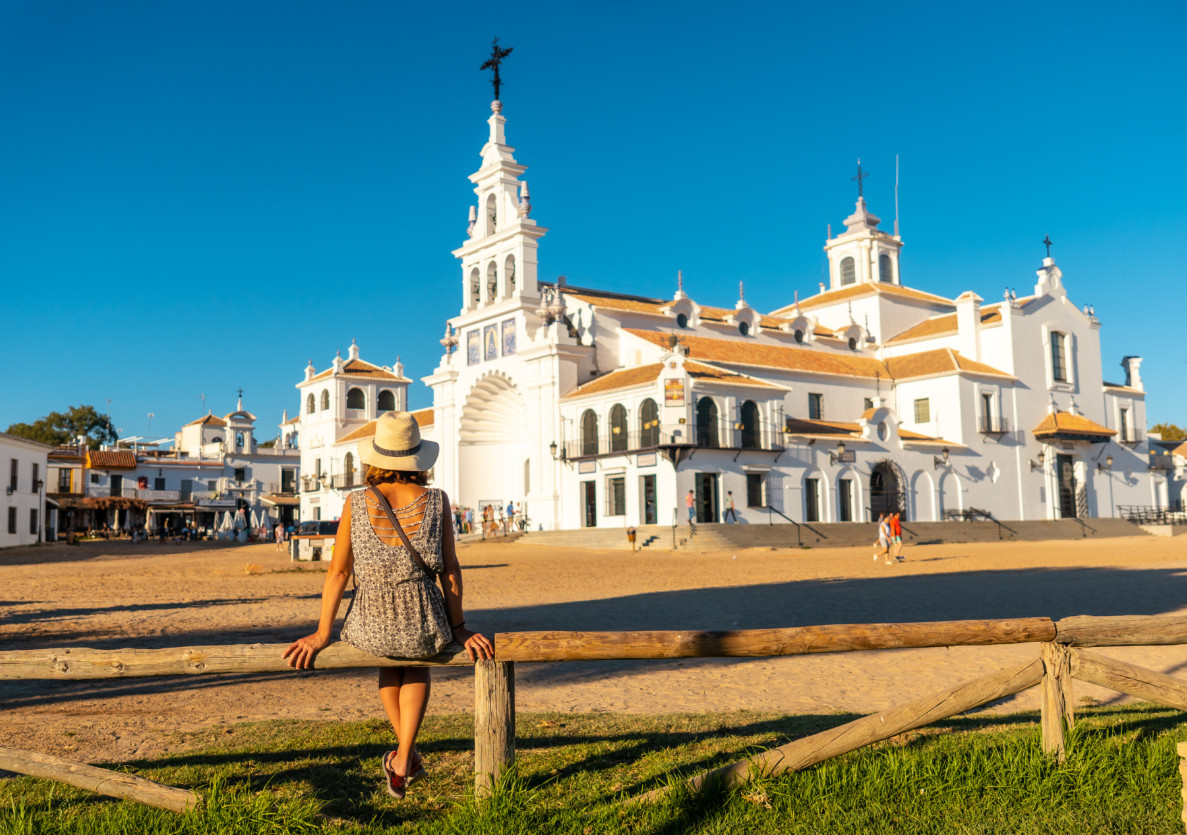
Devotion to the Virgin of El Rocío:
El Rocío is famous for its devotion to the Virgen del Rocío, venerated in the hermitage that bears her name. Every year, millions of pilgrims converge on the village to celebrate the Romería del Rocío, one of the greatest expressions of popular faith in Spain. This unique event attracts people of all ages, dressed in traditional costumes, creating a colorful and emotional spectacle.

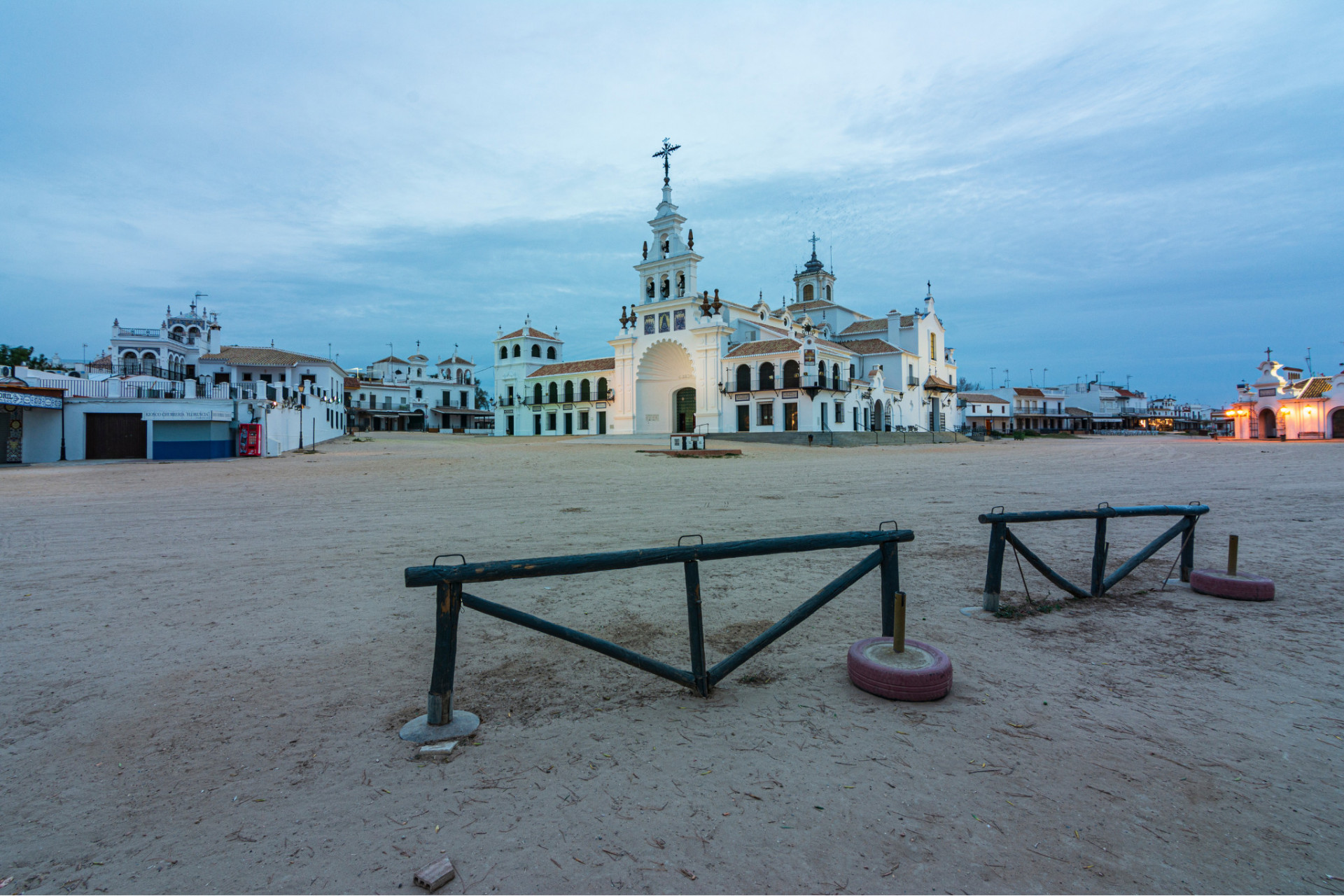
La Ermita and the Plaza de Doñana:
The hermitage of Nuestra Señora del Rocío, of white architecture and Mudejar style, is a sacred place that holds centuries of history and devotion. Surrounded by the Plaza de Doñana, this vibrant space hosts cultural and religious events, highlighting the fusion of the sacred and the festive in the tradition of El Rocío.
Overflowing Nature:
El Rocío is located in the heart of the Doñana National Park, one of the most important nature reserves in Europe. The village serves as the gateway to this unique ecosystem, home to an amazing diversity of birds, mammals and flora. The Laguna de El Rocío, with its marshes, adds a touch of serenity to the landscape.

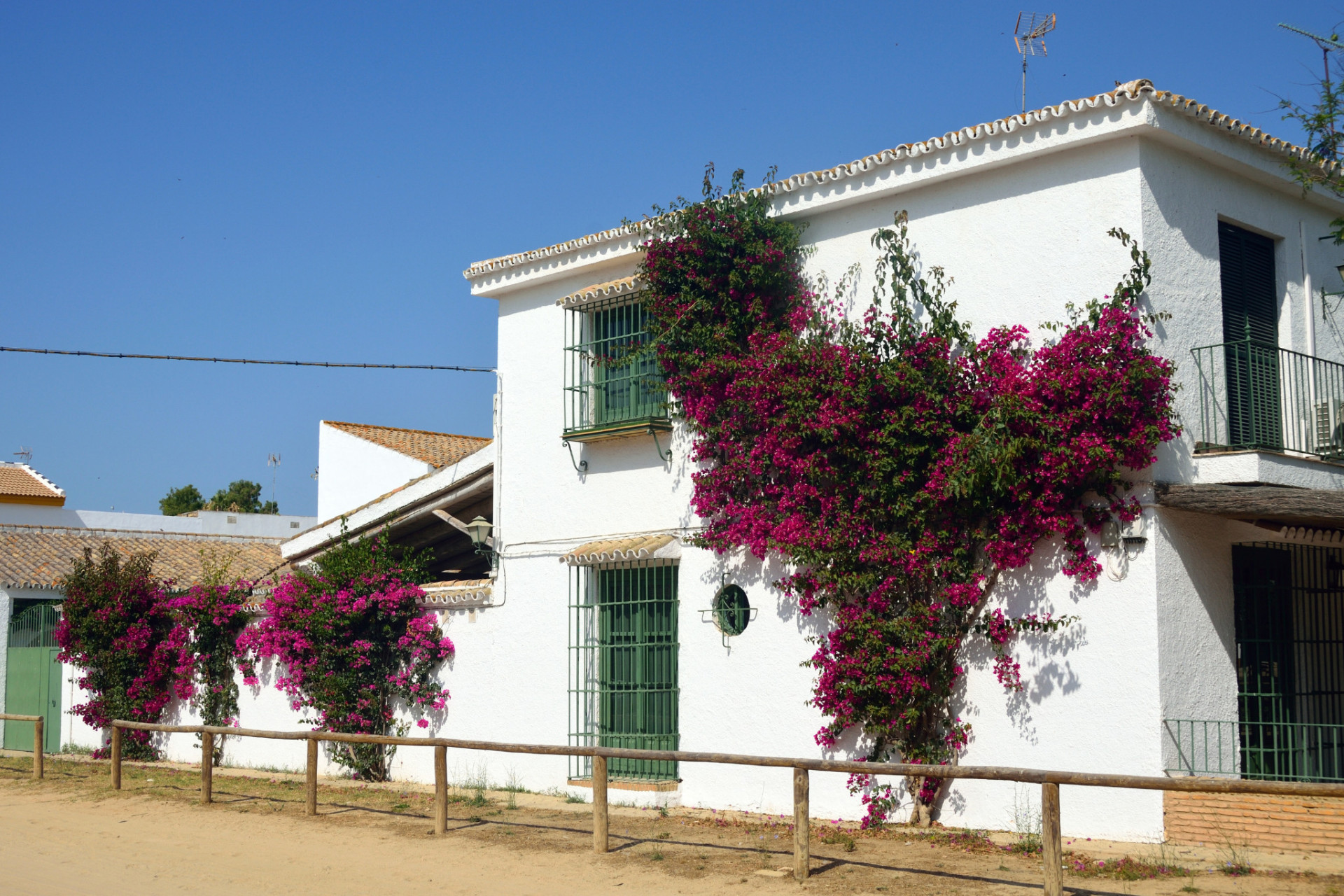
Traditional Architecture:
El Rocío presents a special architectural charm with its Andalusian-style white houses, typical of the region. Its sandy streets and flowery courtyards offer a picturesque and authentic atmosphere, inviting visitors to immerse themselves in the authenticity of Andalusian life. The local architecture reflects the Mudejar influence, with geometric details and decorative elements that highlight the cultural heritage.
Festivals and Local Traditions:
Apart from the Romería, El Rocío celebrates numerous festivals and cultural events throughout the year. Local fairs, processions and traditional activities such as the "Saca de las Yeguas" add color and vitality to the daily life of the village.

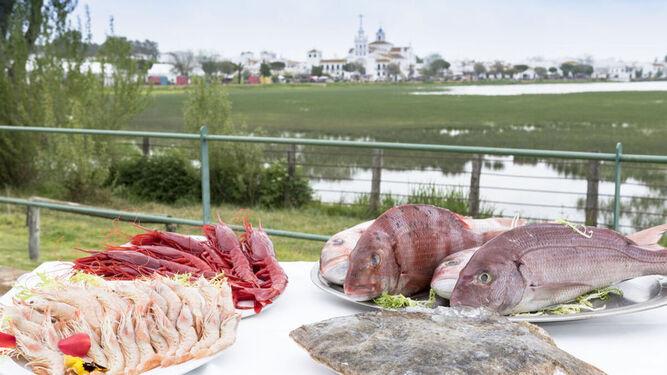
Hospitality and Gastronomy:
The inhabitants of El Rocío are known for their warmth and hospitality. The local gastronomy offers delicacies such as salmorejo, white shrimp from Huelva and the wines of the region, providing a culinary experience that complements the cultural and architectural richness of the place.
Nestled in the province of Huelva, Andalusia, the village of El Rocio stands as a unique and enigmatic corner, encapsulating the essence of Andalusian tradition, natural beauty and authentic architecture. This place, known for its religious devotion, vibrant culture and breathtaking scenery, has attracted visitors from all over the world. Here, we explore the key features that make El Rocio a multifaceted treasure in the heart of Andalusia.
Pilgrim's Office of the Hermandad Matriz Ntra. Sra. del Rocio de Almonte
The Office of Attention to the Pilgrim is an instrument created on the occasion of the first Jubilee Year in the history of El Rocío, in 2012-2013. This office provides service to many pilgrims, groups, institutions and non-Rociero brotherhoods, who want to participate in the religious or and cultural experience of El Rocío, and is a support tool for all those who seek in El Rocío a religious experience, in individual trips, and especially collective.
Source: Hermandad Matriz de Nuestra Señora del Rocío del Almonte
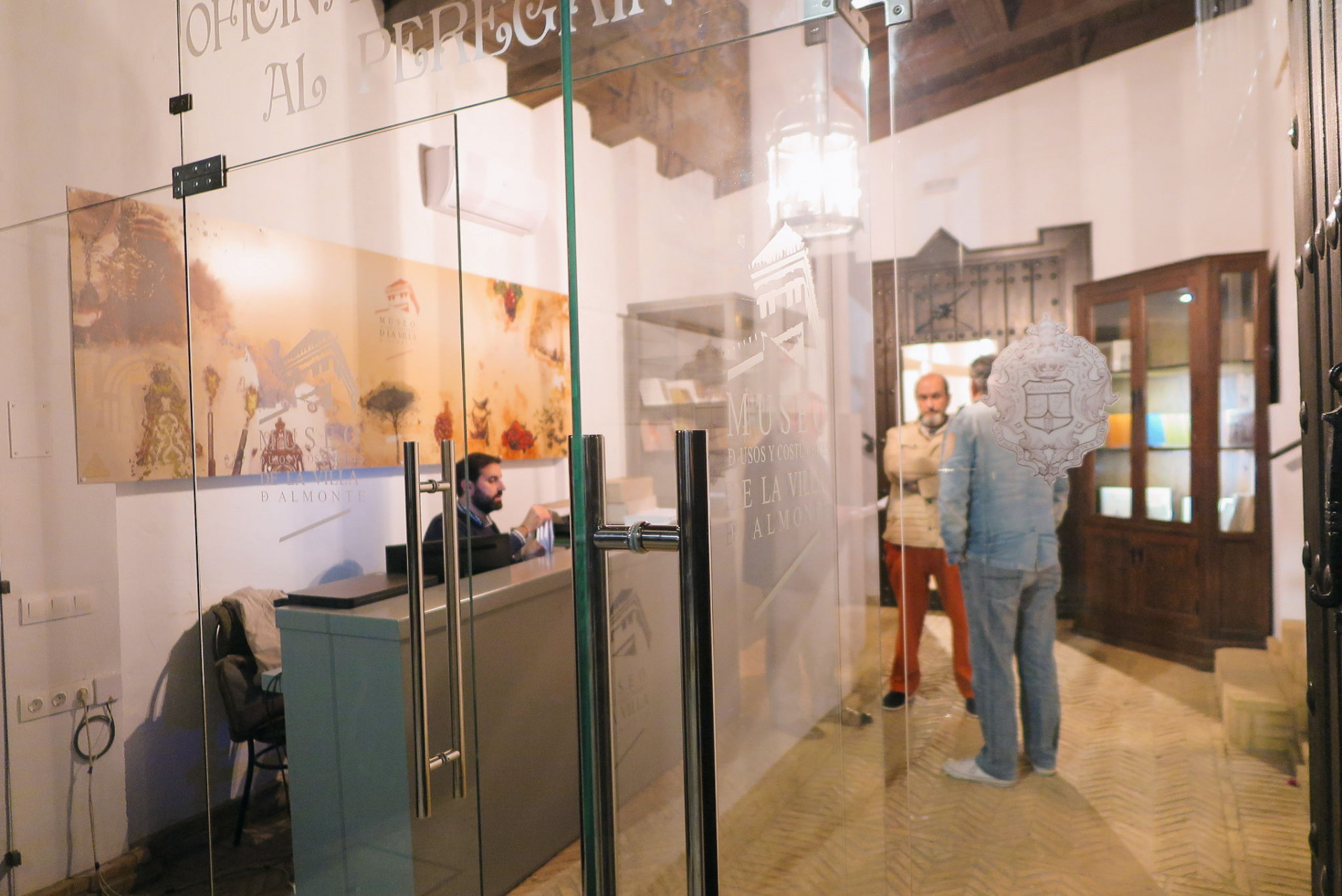
Paths of El Rocío. Andalusia that leaves its mark
Garrucha-El Rocio Trail
- The first of our trails is, at the same time, the most ambitious, as it crosses Andalusia from end to end, connecting Almeria and Huelva through a thread of amazing cultural, gastronomic and scenic diversity. It will have two exits, one from Garrucha, in the heart of Cabo de Gata and the other from Los Vélez (this variant is still under study).
- 657 km
- 27 stages
Campo de Gibraltar Trail
Coming soon
- From Tarifa, a route of great interest crosses the Natural Park of Los Alcornocales, exploring towns of singular beauty and fascinating history, such as Medina Sidonia. This area, characterized by its pastures, is home to numerous cattle ranches of fighting bulls, which give it a special charm. The route continues towards Jerez, passing through Sanlúcar and then on to El Rocío.
- Under study
- Under study
Ham and Fandango Trail
Coming soon
- This route will also have two exits like the Garrucha Trail. On the one hand, the Sierra de Aracena and on the other the Andévalo. In the first, the path will continue through Rio Tinto, Berrocal, La Palma, Bollullos and Almonte; while the second will start from the Huelva town of Paymogo to continue through La Puebla de Guzman, Alosno, Gibraleon, Moguer, Almonte and El Rocio.
- Under study
- Under study